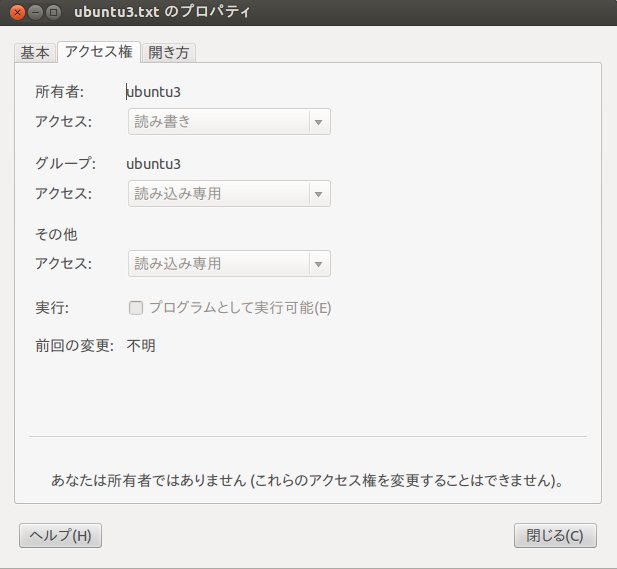
- #Ubuntu sudo as another user how to
- #Ubuntu sudo as another user full
- #Ubuntu sudo as another user password
It's only read mkdir as the value for the -c flag and it's trying to use /home/oli/java as the username. No passwd entry for user '/home/oli/java'
#Ubuntu sudo as another user full
Here I am -as root- trying to create a directory in /home/oli (as oli) without quoting the full command: # su -c mkdir /home/oli/java oli When your command takes arguments you need to quote it.
#Ubuntu sudo as another user how to
In this guide, we will show you how to create a new user with sudo access on Ubuntu systems.
#Ubuntu sudo as another user password
s, -shell SHELL use SHELL instead of the default in passwdĪnd some testing (I used sudo as I don't know the password for the nobody account) $ sudo su -c whoami nobody How To Create a Sudo User on Ubuntu Updated 3 min read The sudo command is designed to allow users to run programs with the security privileges of another user, by default the root user. preserve-environment do not reset environment variables, and , -l, -login make the shell a login shell set inactive 30 Jun 23:43:44 - info Settings file : /Users/nol/.node-red/settings.js 30.

h, -help display this help message and exit If you are using Windows, do not start the command with sudo. For example, when there is only one user account registered on the system, or when an automated script requires elevated privileges to perform certain tasks.-c, -command COMMAND pass COMMAND to the invoked shell In some cases, it may be useful to disable this mechanism. Running sudo su without a passwordīy default, a command run with sudo requires that the user authenticates themselves using their own password. The -aG option tells the system to append the user to. Again, if you get an error, run the command with sudo as follows: sudo usermod -aG sudo newuser. Replace newuser with the username that you entered in Step 1. In a terminal, enter the command: usermod -aG sudo newuser. Note that the sudo -su command differs from sudo su - in the sense that the su expression will be treated as option flags of the sudo command, where the -s flag is used to run a new shell, and the -u flag is used to run a command as a user different from root. To grant the new user elevated privileges, add them to the sudo group. If you run sudo -s that will start a shell as root. Change the current directory to the user’s home directory.ĭon’t confuse sudo -su with sudo su -! Another way to switch to another account with sudo is to use the -s option.Initializes the environment variables HOME, SHELL, USER, LOGNAME and PATH.Clear all the environment variables except for TERM.Since the root account is disabled by default on most Linux distributions -which means that the root password is not set, in order to prevent anyone from directly logging into it-using the su command alone will certainly result in an authentication error with a message like su: Authentication failure: When called with no user specified, the su command will attempt to run an interactive shell as root, prompting you to enter the root password. Spawning a root shell with the su command Using sudo instead of login in as root is more secure because you can grant limited administrative privileges to individual users without them. If you spend a lot of time on the command line, sudo is one of the commands that you will use quite frequently.

In this article, we’ll explain why these two commands are often combined together in order to access a root shell, and how to run sudo commands without having to type in the user password. The sudo command allows you to run programs as another user, by default the root user. Give users full access or let them use a small subset of commands. sudo also lets you control who can access roots capabilities, with granularity. sudo also lets you control who can access root's capabilities, with granularity. The sudo command lets you run commands on Linux as though you were someone else, such as root. sudo resides in the fact that the su command gives access to an interactive shell session, whereas the sudo command only allows to execute one command at a time. Linux How to Control sudo Access on Linux Dave McKay Nov 20, 2019, 8:00 am EDT 9 min read Fatmawati Achmad Zaenuri/Shutterstock The sudo command lets you run commands on Linux as though you were someone else, such as root. Like the sudo command, it is generally used to execute commands as the superuser (also known as the "root" user). In Unix-like operating systems, the su command is used to temporarily log into another user account and execute commands using its privileges.


 0 kommentar(er)
0 kommentar(er)
